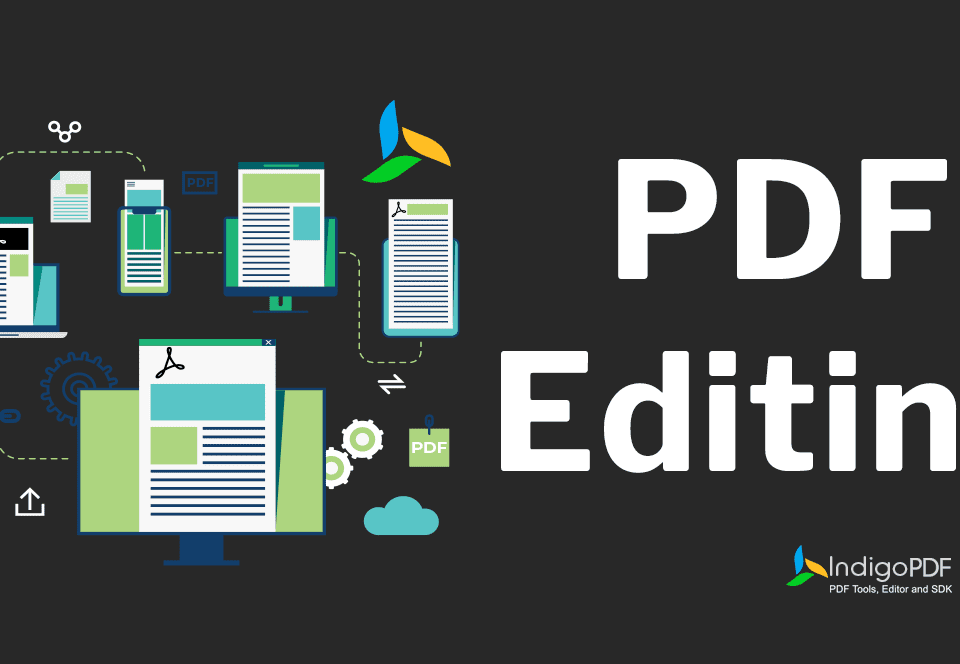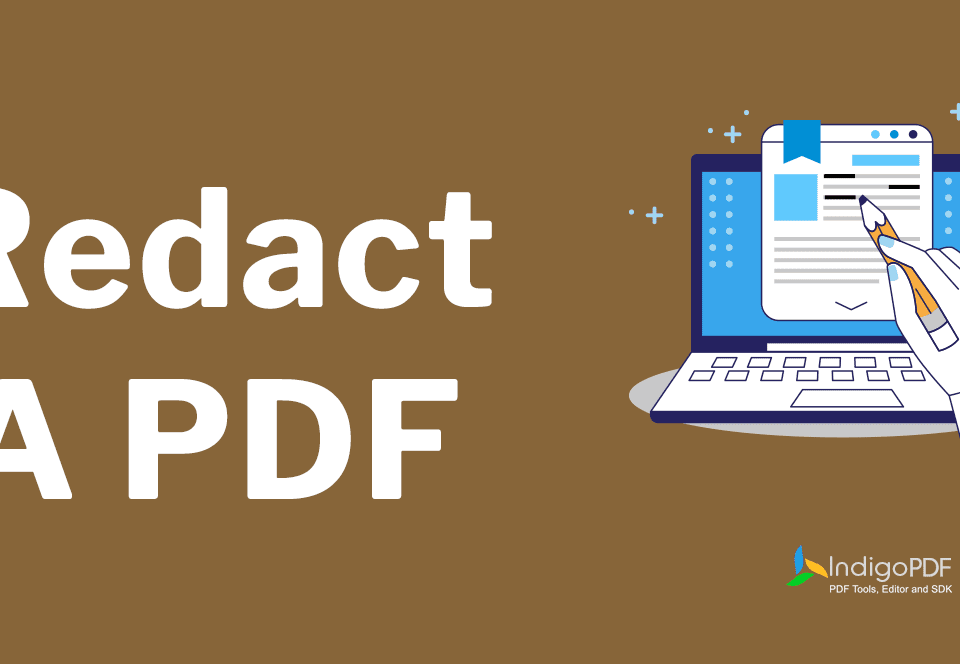Mastering PDF Editing: Tips and Tricks for Professionals
September 22, 2023Integrating Your PDF Editor with Other Office Tools
September 24, 2023Why PDF Security Matters
The Rise of Digital Documents
Have you ever paused to consider how many documents you send and receive digitally every day? It’s astounding, isn’t it? From personal letters to corporate memos, digital documents, particularly PDFs, have revolutionized the way we share information. They’re portable, universal, and generally user-friendly.
Potential Threats to PDFs
But with ease comes vulnerability. Just as you wouldn’t leave a sensitive paper document lying around for anyone to read, you shouldn’t leave a PDF unsecured. Cyber threats, such as hacking and phishing, can expose sensitive data, leading to personal and financial loss.
Ways to Secure Your PDFs
Password Protection
Imagine your PDF as a diary. You wouldn’t want anyone randomly flipping through it, right? Setting a strong password for your PDF can prevent unauthorized access, ensuring that only intended recipients can open and view the contents.
Watermarking
Watermarking is like your unique signature on a piece of art. It doesn’t stop anyone from viewing the document, but it does deter unauthorized copying or redistribution by marking the document as yours.
Redaction
Sometimes, there are things we just don’t want others to see. That’s where redaction comes in. Redaction hides specific information within a document, ensuring that sensitive details remain confidential.
The Art of Proper Redaction
Did you know that improperly redacted information can still be retrieved? Yep! Just blacking out text isn’t enough. Proper redaction involves removing the underlying data, ensuring it can’t be recovered.
Encryption
It’s like locking your diary in a safe. Encryption scrambles the data in a PDF so that only someone with the correct key (usually a password) can unscramble and read it.
Best Practices for Sharing Secure PDFs
Think Before You Share
Remember that time you shared a secret and regretted it? PDFs are the same. Always double-check the recipient and the document’s contents before hitting ‘send.’
Using Trusted Platforms
Ever heard the saying, “Don’t take candy from strangers”? When sharing sensitive PDFs, use trusted platforms or services you’re familiar with. It makes a world of difference in ensuring your document’s safety.
Regularly Update Your Software
Think of this as getting regular check-ups for your health. Updated software often comes with enhanced security features, protecting your documents from newly discovered threats.
Case Study: The Impact of Unsecured PDFs
Jane Doe once sent a financial report without securing it. Sadly, it fell into the wrong hands, leading to significant losses for her company. This incident underscores the importance of PDF security, highlighting the real-world consequences of negligence.
Conclusion
Why Playing Safe is Always Better
In our digital age, where sharing is as easy as a click, ensuring the safety of our shared documents is paramount. Secure PDFs not only protect personal and financial data but also uphold trust and professionalism. It’s not about being paranoid; it’s about being prudent. Better safe than sorry, right?
FAQs:
1. Why is PDF security essential?
- PDF security protects sensitive information from unauthorized access, ensuring data integrity and trustworthiness.
2. How can I set a password for my PDF?
- Most PDF editing software provides an option to set or change a document’s password under the security or protection settings.
3. What is the difference between watermarking and redaction?
- Watermarking identifies a document as yours but doesn’t hide information. Redaction conceals specific details to maintain confidentiality.
4. Can redacted information be retrieved?
- If done improperly, yes. Proper redaction ensures underlying data is permanently removed.
5. Is encryption foolproof?
- While encryption significantly enhances security, no method is 100% foolproof. Always follow best practices for maximum protection.




